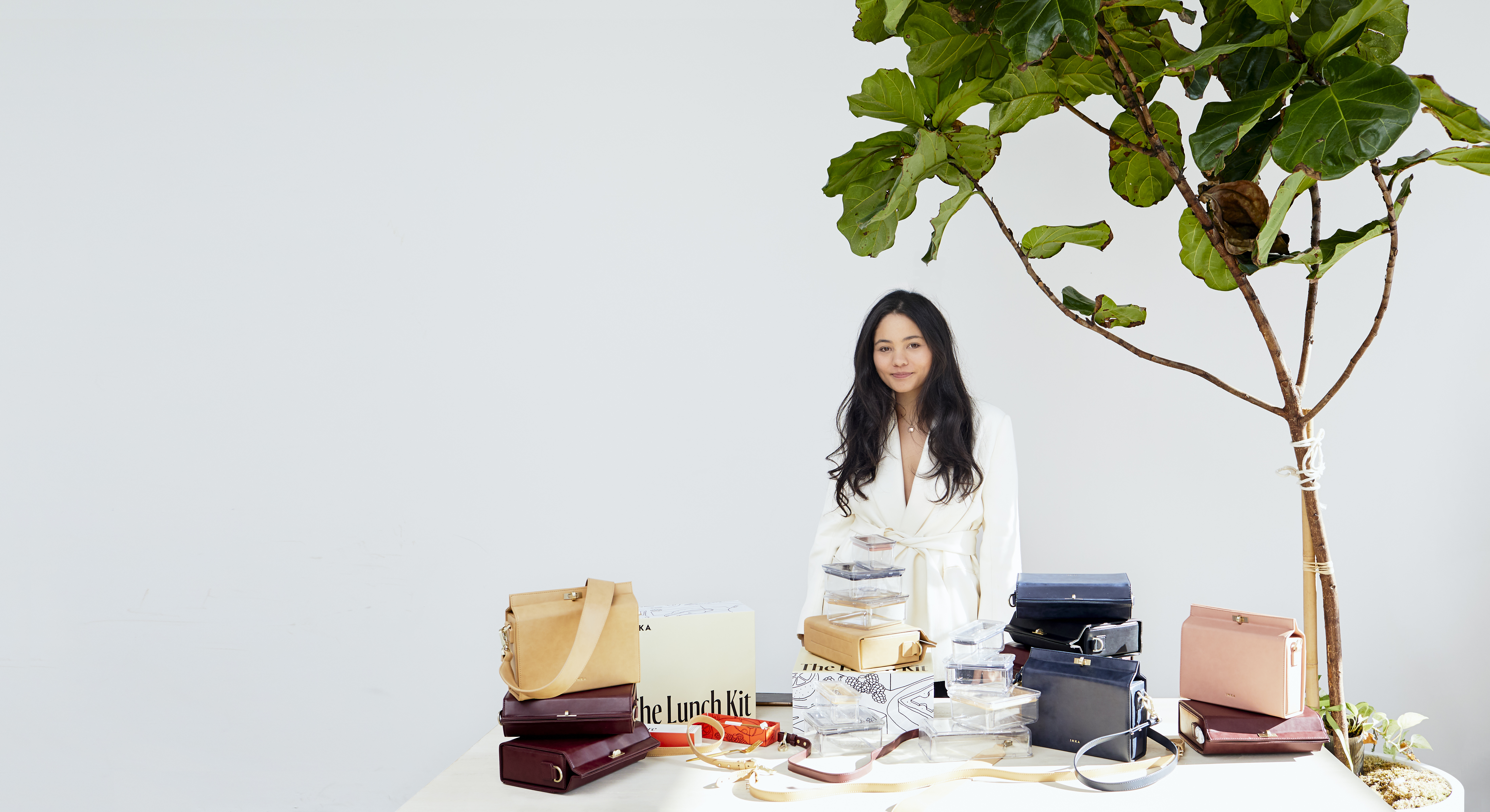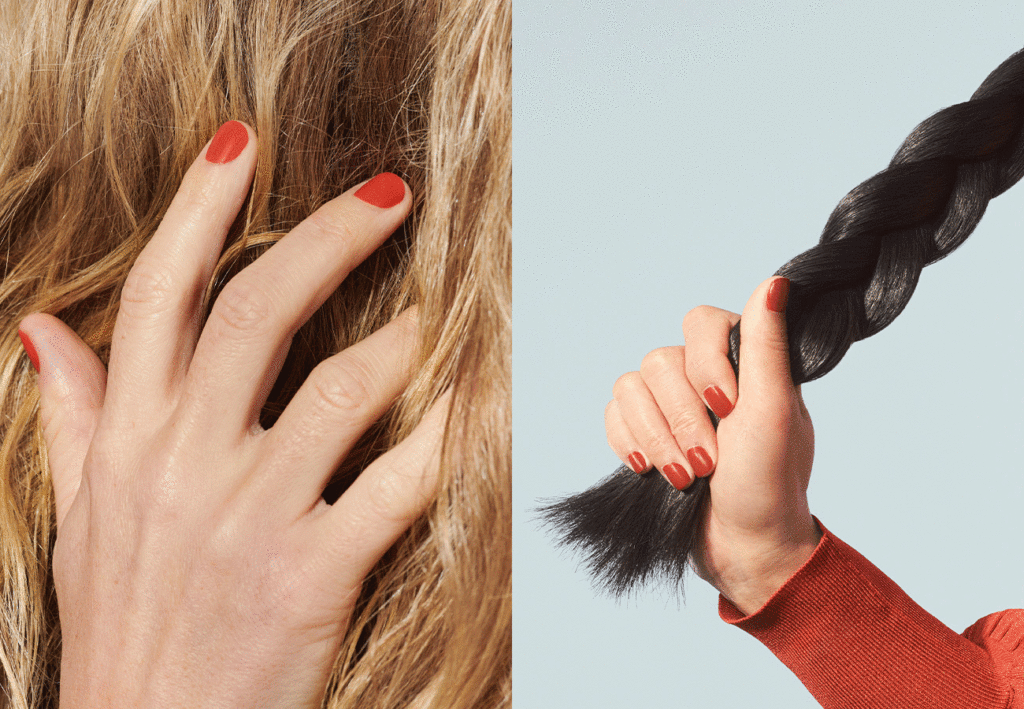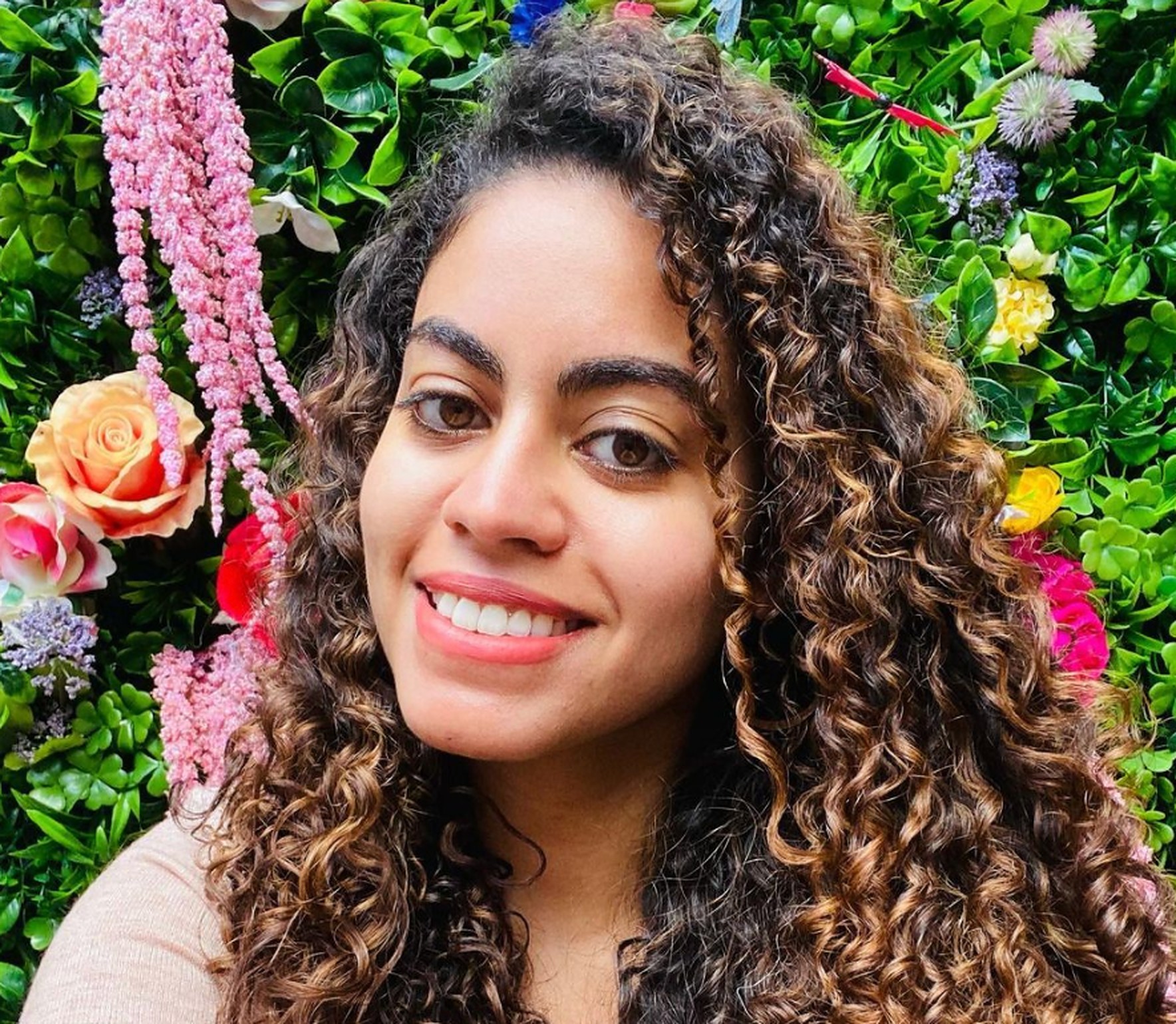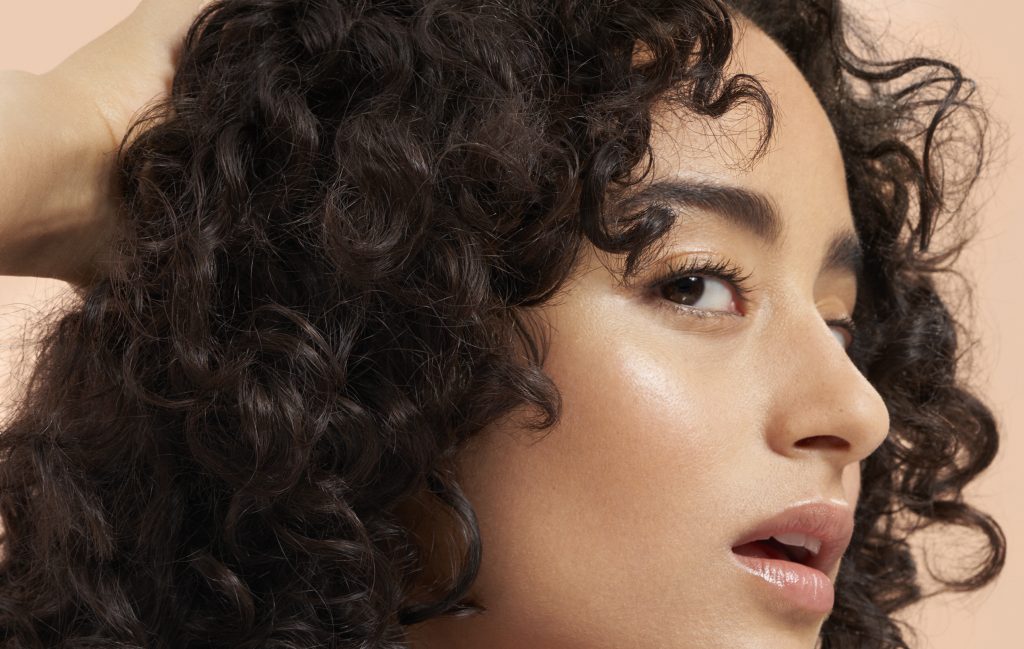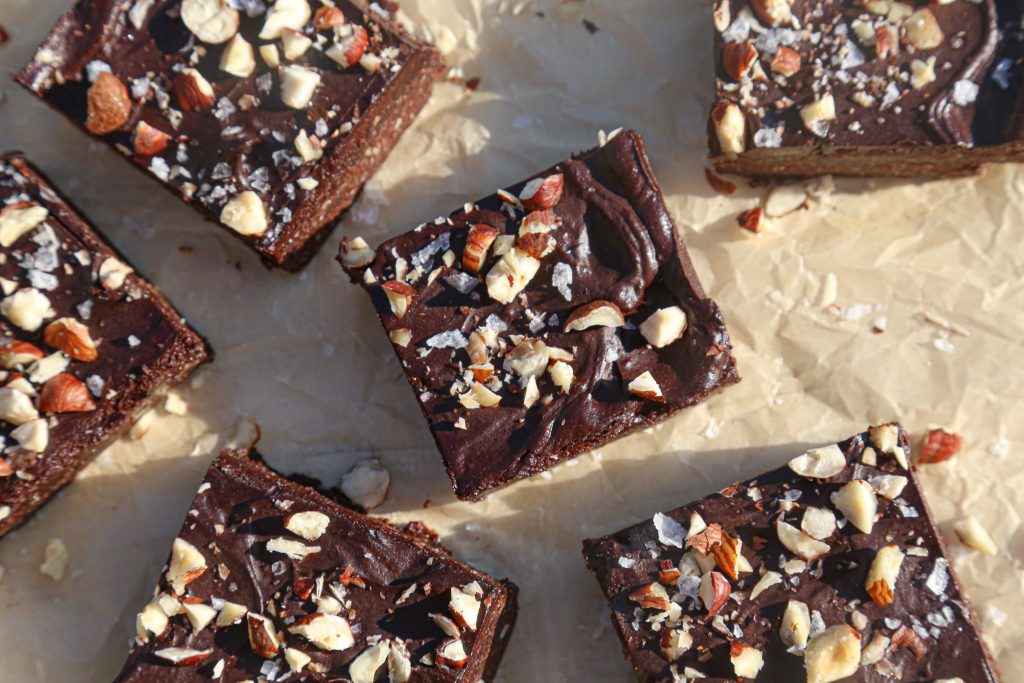My mom is an environmental scientist and growing up we lived a really sustainable life–we had things like a worm farm in our garden for compost. Sustainability was just a part of my childhood, but I didn’t realize that until a few years ago. When it was time for me to go to college, I chose New York University (NYU) in the Stern School of Business–fortunately, being a dual citizen made this easy for me. When I first moved to New York I was shocked at how wasteful people were. I mean by 10am there’d be garbage bins on street corners overflowing with coffee cups. So, I found that sustainability was always in the back of my mind.
I was feeling great about packing my own lunch, but very opposite about the presentation. It was a weird trade off.
When I left New Zealand for NYU, a lot of my friends encouraged me to start an Instagram to document all of my New York travels. It was the early days of Instagram, so feeds were just filled with brunch pictures and filtered holiday photos. After some time, my content started to resonate with people and after a couple of travel accounts reposted some photos I had taken in Mexico, my account suddenly took off. It was fun in the beginning. I loved taking photos and being creative. But, as I started to make money from my account, I had to take a step back and think, is this really what I want as a career? I decided that it wasn’t, so in my last year of college I quit cold turkey, archived all of my travel photos and moved on.
The first three years of college were actually pretty miserable. While I loved New York, I was surrounded by finance kids who wanted to be on Wall Street and that just wasn’t for me. But, in my last year, I was lucky enough to find the entrepreneurship community and that’s when everything changed for me.

I wanted a product that was sustainable, convenient and looked great. That’s how INKA was born.
At the time I was eating poorly and was one of those New Yorkers who had nothing in their fridge. I was the queen of Seamless and Uber Eats and didn’t think that much about my diet. It started to take a toll on my health so I went to a nutritionist for some answers. She asked me basic questions, like what’s in the food you’re eating? I quickly realized I had no idea. I couldn’t tell what was in my local Pad Thai, if there was MSG, what kinds of oils, sauces etc. So, I decided to take control and I began cooking my own food. I loved knowing what was going into my body! It completely changed how I felt and I enjoyed the creativity of making food. Soon after, I became that embarrassing person who brings their food around everywhere in Tupperware and various bags. I was feeling great about packing my own lunch, but very opposite about the presentation. It was a weird trade off.
The final straw was when one day, I went to pull out my laptop in a meeting and it was drenched in sticky balsamic vinegar. I started looking for different solutions for transporting my lunch. Unfortunately, all I found were those neoprene bags that are covered in polka dots and zig-zags. It’s funny because a lot of people recall using those as kids, but if you walk into a Whole Foods today, they’re still there and are meant for adults. But, they’re just not a product that most people would be proud to carry around. So, I decided to dive deeper into the problem. I wanted a product that was sustainable, convenient and looked great. That’s how INKA was born.

Yes, it was annoying that all lunchware wasn’t aesthetically pleasing, but it was learning that single-use lunchware was one of the biggest contributors to plastic waste that was most heartbreaking to me.
When researching the lunchware space I became so invested in the sustainability of lunch. Yes, it was annoying that all lunchware wasn’t aesthetically pleasing, but it was learning that single-use lunchware was one of the biggest contributors to plastic waste that was most heartbreaking to me. I knew if there was a product that was equally stylish and functional as it was sustainable, we’d be able to help people quit single-use plastics in lunchware altogether. That said, I understand that people can’t be 100% perfect and it’s kind of a luxury to be able to lead a sustainable lifestyle, which isn’t accessible to everyone
We just launched in February, but the response to INKA has been great so far. Our hero product is our Lunch Kit, which includes Food Containers, Napkins, Sauce pots, Silverware and The Bag–everything you need to take lunch to work. We also sell our Food Containers sets for at-home food storage. The tricky thing about INKA is that we’re pretty much first in the elevated lunchware space and when you’re the first of anything you’re automatically challenging people’s preconceived perceptions and expectations.
I felt like there was no point launching a brand with a container that leaks–it would just end up in a landfill.
Traditionally lunchware is inexpensive, ranging from five to thirty dollars. So, when people see that our Lunch Kit is $245, they sometimes find it surprising. At its core, however, the Lunch Kit is a high-end leather accessory. Most women wouldn’t consider buying a bag under $100 and don’t blink an eye at a suitcase costing $250 used once a year. Lunchware is used everyday, but since we’ve been surrounded by cheap, single-use products there’s a few who have struggled to understand why it should be an investment. We wanted to create the last lunchware accessory people would ever need. And that, like anything, comes at a price.
It took us two years to get the engineering right for the leakproof containers. Food Containers without clips are almost impossible to design to be leak proof. My advisor warned me of that before we got started, but we did it anyway. Now after two years, lots of tears and thirty prototypes later, we finally got it right. I felt like there was no point launching a brand with a container that leaks– it would just end up in a landfill.

The best thing to do if you want to start a business, is to just take your time and talk to people.
To be timely for a moment, I have to say that being a first time founder during the pandemic has been tough. I’ve turned to my advisors and investors for advice, but no one has a clear answer on how to handle everything because no one has lived through a situation like this before.
Something that I’ve found from being in the entrepreneurial space is that a lot of founders copy other brands and try to make them their own by just changing one aspect of the company slightly, for example maybe they alter the branding. However, doing so won’t give you any competitive advantage and doesn’t often lead to a sustainable business. The best thing to do if you want to start a business, is to just take your time and talk to people. It’s tempting to run with an idea when inspiration hits, but it’s important to take a step back, identify the problem and be open to different ways to solve it– through asking people questions. For INKA, we spoke with hundreds of women about their lunch behaviors and observed their actions. After every decision we went back to our customers. I mean, we surveyed women on everything from the average size of salad dressing, to the shine of the hardware. I can’t even tell you what an agonizing decision it was choosing what clasp we should use on our bag.
Sustainability can be overwhelming, but small changes like high quality, reusable lunchware helps to make a big difference.
I actually handmade some of the first prototypes of our bag myself with the help of a designer. They were these four, crappy glued together bags that we put our old Tupperware containers in and then observed our customers’ behavior while using them. Product development isn’t always pretty, but it’s important to test your concepts before investing thousands of dollars to produce them. In the end you’re left with a product that people love, which leads to a sustainable business.
When I first started being more mindful about the food I was putting into my body, I got really into making my own sushi. Super nerdy, but I found it to be such a beautiful and therapeutic process. Pulling out your INKA lunch kit in the middle of day at work and having your food presented in such a beautiful way sparks that same kind of calm. It forces you to slow down and appreciate the time that you’ve put into yourself. Plus, it’s better for the planet! Sustainability can be overwhelming, but small changes like high quality, reusable lunchware helps to make a big difference.

